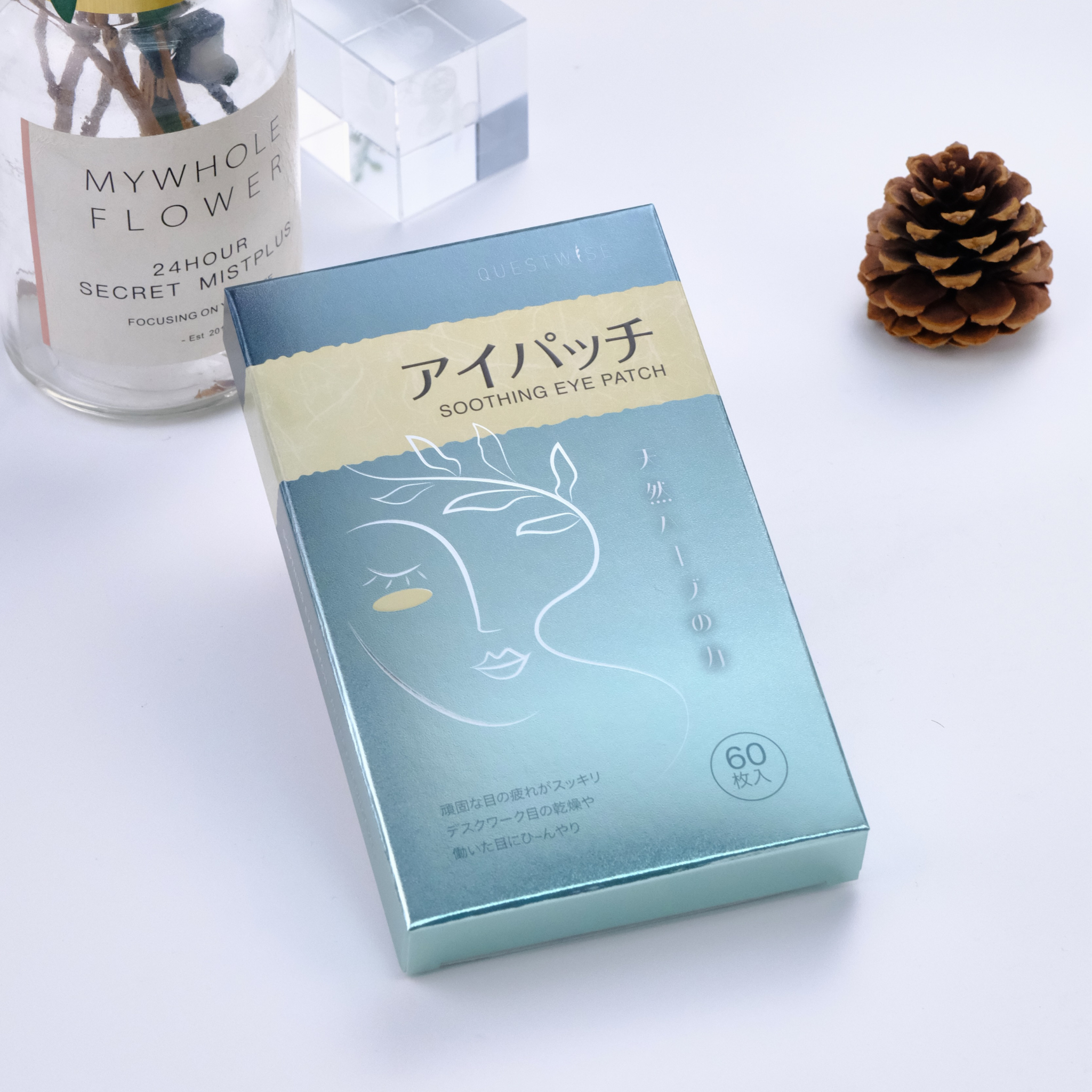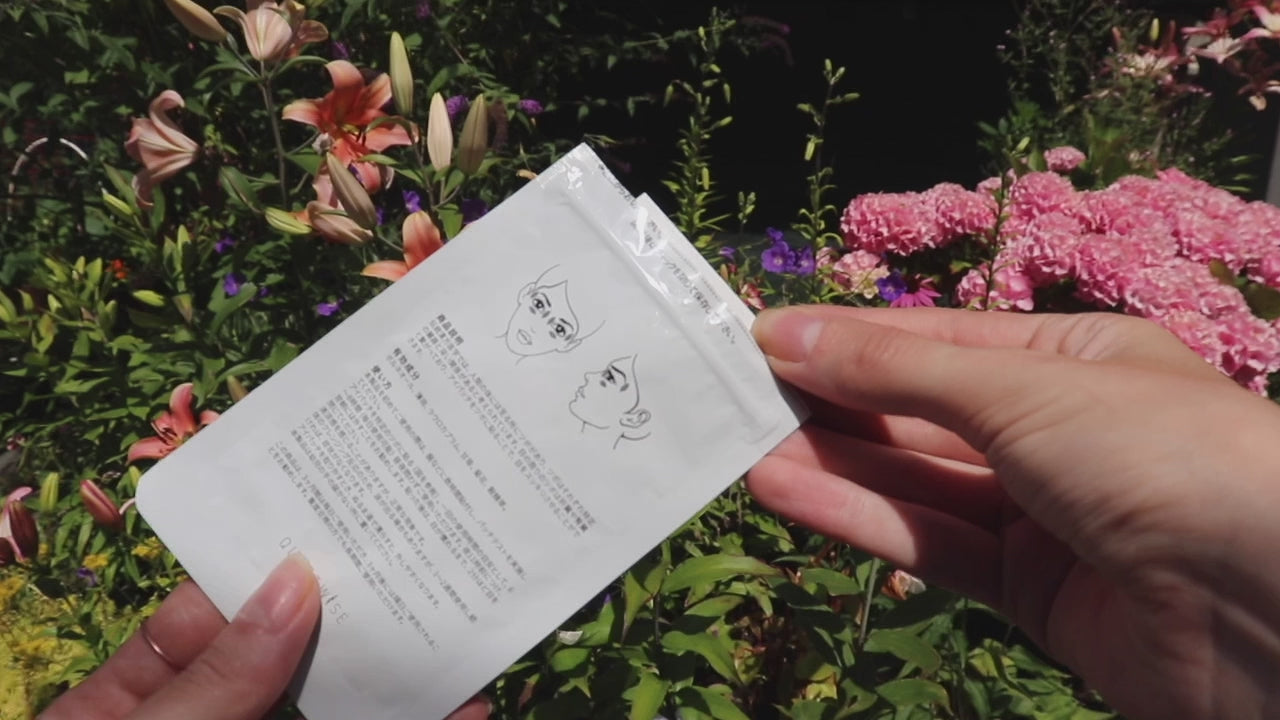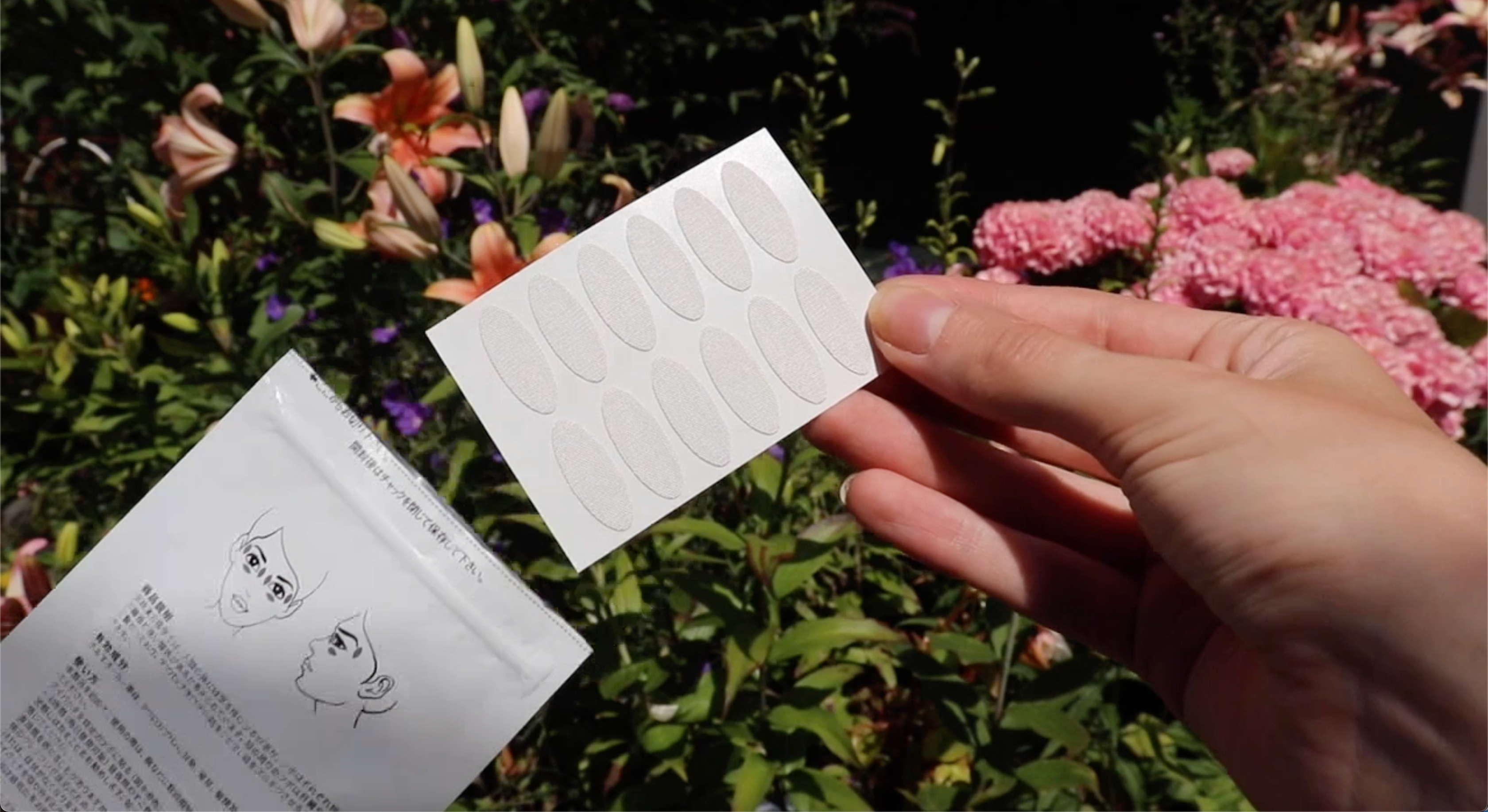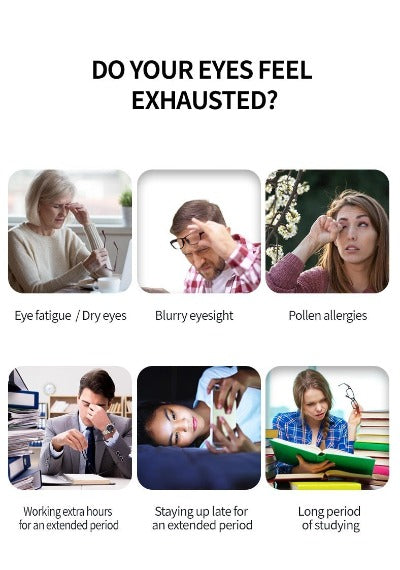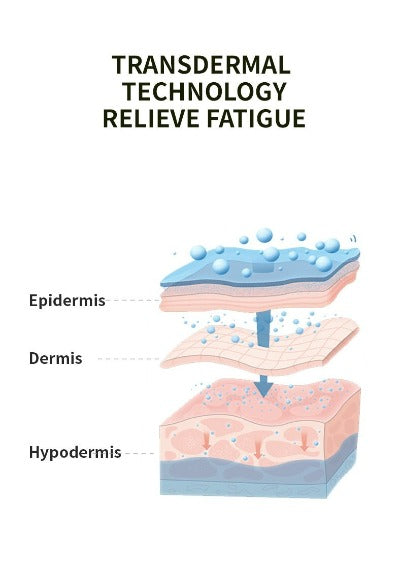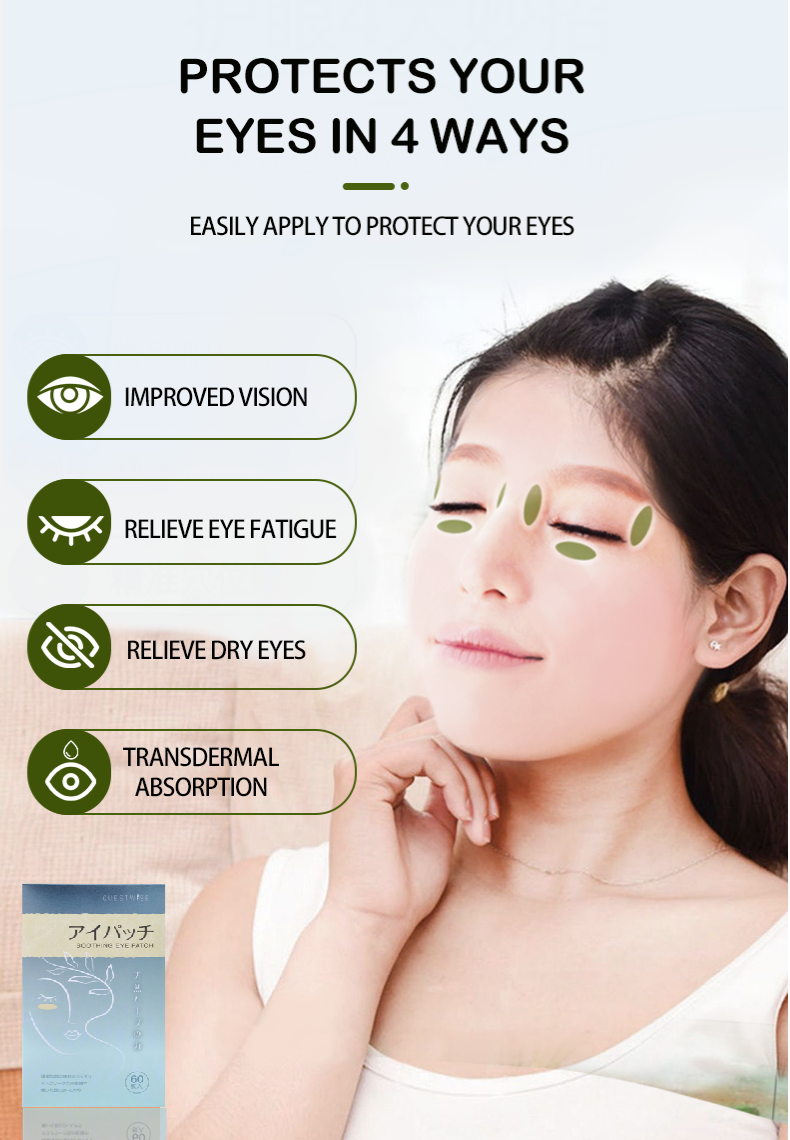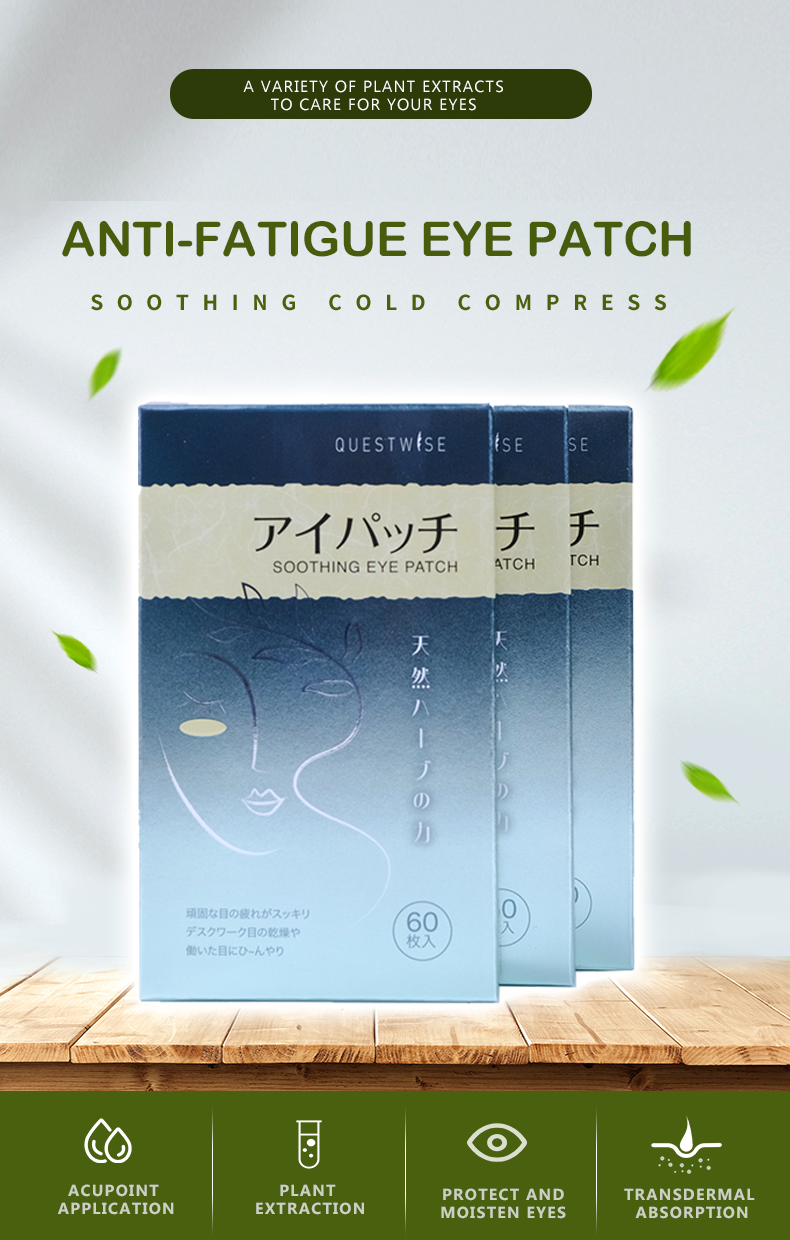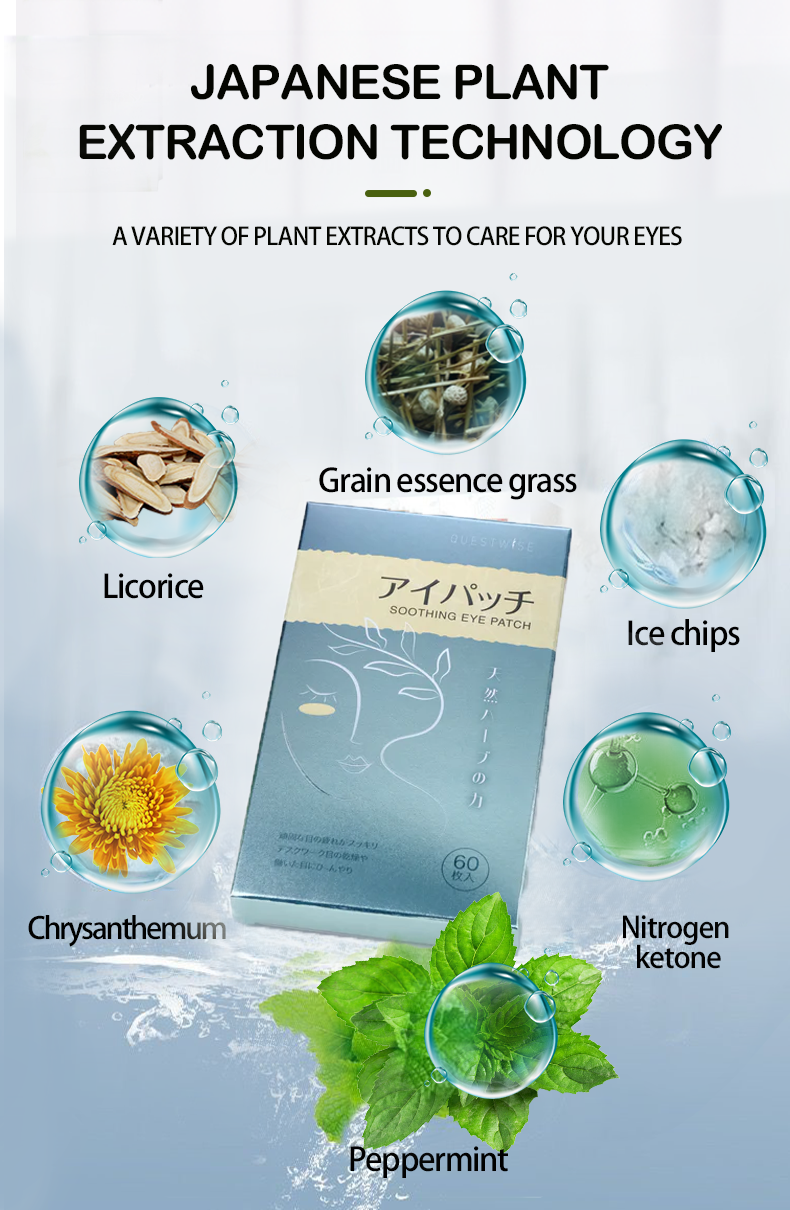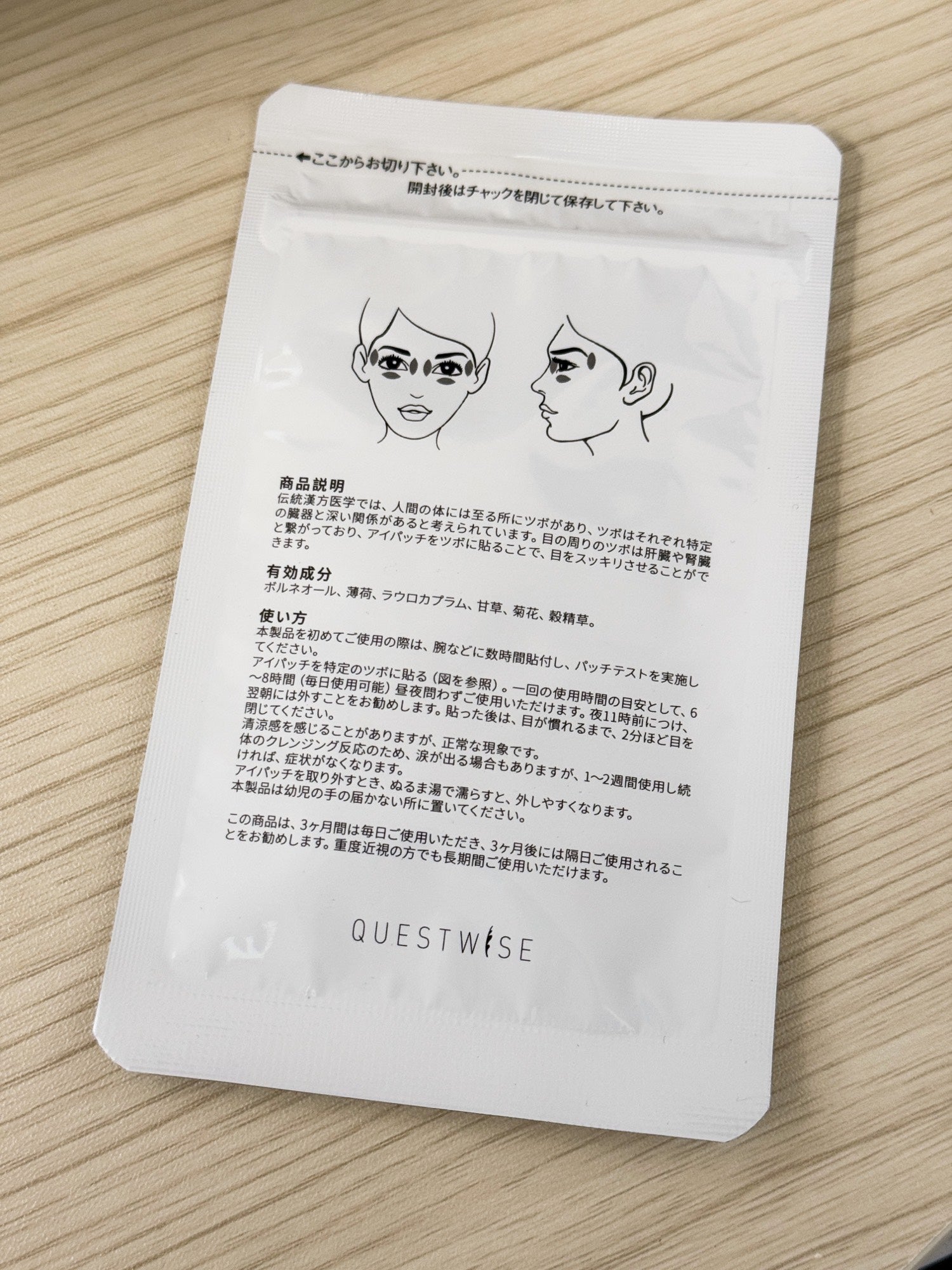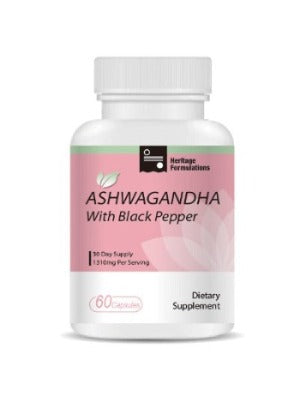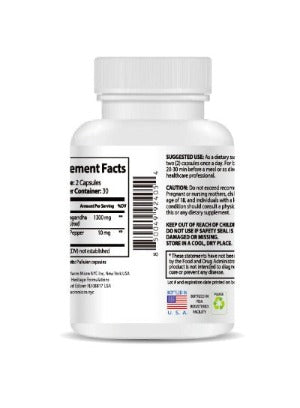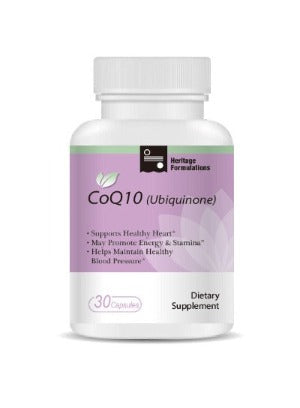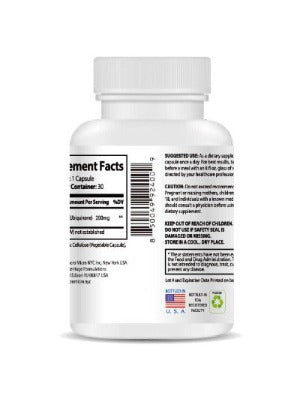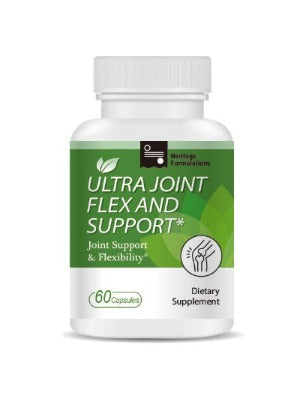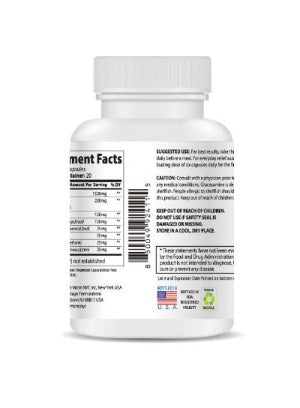Dry Eye Treatment for Allergy Sufferers: A Comprehensive Guide in 2025
Dry eye, a condition characterized by insufficient tear production or abnormal tear film composition, affects millions worldwide. The discomfort and visual impairment it causes are significantly amplified for those also suffering from allergies. In 2025, understanding the complex interplay between allergies and dry eyes is paramount for effective management and improved quality of life. This comprehensive guide will delve into the science behind this connection, explore effective management strategies, and highlight the role of innovative therapeutic solutions.
The Intertwined Worlds of Allergies and Dry Eyes
Allergies and dry eyes share a complicated relationship, often exacerbating each other's symptoms. Allergic reactions, triggered by exposure to allergens like pollen, pet dander, or dust mites, initiate an inflammatory cascade. This process involves the release of histamine and other inflammatory mediators that disrupt the delicate balance of the tear film, the protective layer covering the eye's surface. A stable tear film is crucial for maintaining eye lubrication, preventing infection, and ensuring clear vision.
The disruption of the tear film can manifest in several ways. Firstly, allergies often lead to allergic conjunctivitis, an inflammation of the conjunctiva (the membrane lining the eye). This inflammation directly impacts tear production, leading to dryness. Secondly, the incessant itching and rubbing associated with allergic reactions further irritate the ocular surface, compounding the dryness and potentially causing damage to the cornea.
Beyond the direct effects on the tear film, certain allergy medications can also contribute to dry eye. Some antihistamines, while effectively combating allergic symptoms, can have drying side effects. Understanding these mechanisms is crucial for developing tailored treatment plans that address both the allergic reaction and the resulting dry eye symptoms.
A Multi-Pronged Approach to Dry Eye Management During Allergy Season
Effectively managing dry eyes during allergy season necessitates a holistic approach, encompassing allergy control, medication management, lifestyle adjustments, and the strategic use of therapeutic products. This multifaceted strategy aims to minimize the impact of both the allergy and the dry eye symptoms.
1. Proactive Allergy Control and Avoidance
The most effective way to manage dry eyes associated with allergies is to proactively reduce exposure to allergens. This involves a combination of strategies:
- Allergen Identification: Keep a detailed allergy diary to track potential triggers, such as specific pollens, pet dander, dust mites, or certain foods. Identifying these triggers is crucial for effective avoidance strategies.
- Environmental Control: Use air purifiers and HEPA filters in your home and car to reduce airborne allergens. Regularly clean and vacuum your home, focusing on carpets, upholstery, and bedding, to minimize dust mite accumulation.
- Timing and Location: Be mindful of pollen counts and adjust outdoor activities accordingly. Avoid strenuous activities during peak pollen times, and consider using air conditioning during high pollen counts.
- Showering After Outdoor Activities: Showering after being outdoors can remove pollen and other allergens that might have accumulated on your skin and hair.
- Eye Protection: Wear sunglasses outdoors to protect your eyes from windborne allergens and UV radiation, which can further irritate dry eyes.
2. Strategic Medication Management
Medication plays a crucial role in controlling allergic reactions and addressing dry eye symptoms. Consultation with an allergist or ophthalmologist is key to selecting appropriate medications:
- Antihistamines: Oral or topical antihistamines can effectively reduce allergy symptoms. However, some antihistamines may have drying effects on the eyes. Discuss options with your doctor to find the best balance between allergy control and minimizing dry eye.
- Decongestants: While nasal decongestants can help alleviate congestion associated with allergies, overuse can lead to rebound congestion. Use them sparingly and as directed.
- Mast Cell Stabilizers: These medications prevent the release of histamine, reducing allergic reactions and their impact on tear production.
- Prescription Eye Drops: For severe cases of allergic conjunctivitis, your doctor may prescribe stronger eye drops, such as corticosteroids, to control inflammation and reduce dry eye symptoms.
3. Lifestyle Adjustments for Enhanced Eye Health
Lifestyle changes can play a vital role in mitigating dry eye symptoms and supporting overall eye health:
- Hydration: Drinking plenty of water throughout the day helps maintain overall hydration, indirectly impacting tear production.
- Regular Blinking: Consciously blinking more often, especially when working on screens for prolonged periods, helps maintain adequate tear film coverage.
- Avoidance of Irritants: Minimize exposure to irritants like smoke, wind, and dry air. Consider using humidifiers, particularly in dry climates or during winter months.
- Cool Compresses: Applying cool compresses to the eyes can offer temporary relief from itching and inflammation.
- Protective Eyewear: Wear protective eyewear when working in dusty or windy environments.
4. Harnessing the Power of Therapeutic Products
Therapeutic products can offer effective relief for dry eye symptoms. Artificial tears provide temporary lubrication, but for more targeted relief, consider advanced options:
- Artificial Tears: Lubricating eye drops are a mainstay of dry eye treatment. Choose preservative-free options to minimize potential irritation.
-
Wise Quest Soothing Eye Patches: For soothing relief from eye fatigue, dryness, astringency, redness, and swelling, consider Wise Quest Soothing Eye Patches. Infused with traditional Chinese herbal medicine, these patches promote healthy blood circulation and alleviate discomfort.

When Professional Intervention is Necessary
While many dry eye cases can be managed with home remedies and lifestyle adjustments, it's crucial to seek professional help if symptoms persist despite proactive management or if they are severe or accompanied by other concerning symptoms. An ophthalmologist or optometrist can conduct a thorough eye examination to diagnose the underlying cause of your dry eyes and recommend appropriate treatment, which might include prescription eye drops, punctal plugs (small devices inserted into the tear ducts to slow tear drainage), or other advanced therapies.
Conclusion: A Path to Clearer, More Comfortable Vision
Dry eye in allergy sufferers requires a comprehensive approach that addresses both the allergy and the dry eye condition. By combining allergy control, medication management, lifestyle changes, and the thoughtful use of therapeutic products such as Wise Quest Soothing Eye Patches, individuals can significantly alleviate their dry eye symptoms, leading to clearer vision and improved comfort. Remember that early intervention and regular consultation with healthcare professionals are key to long-term management and preventing potential complications.


